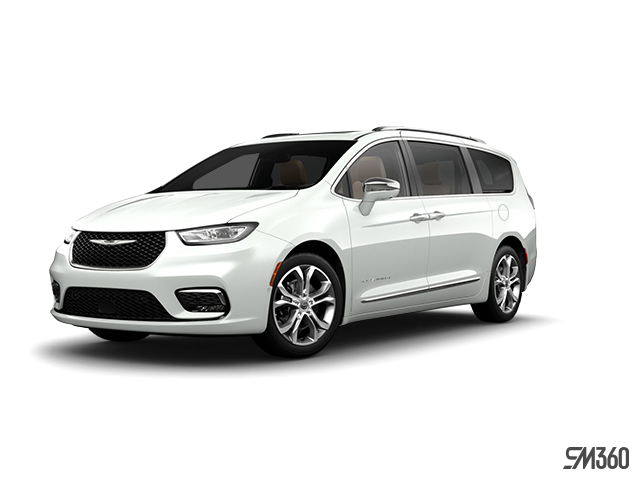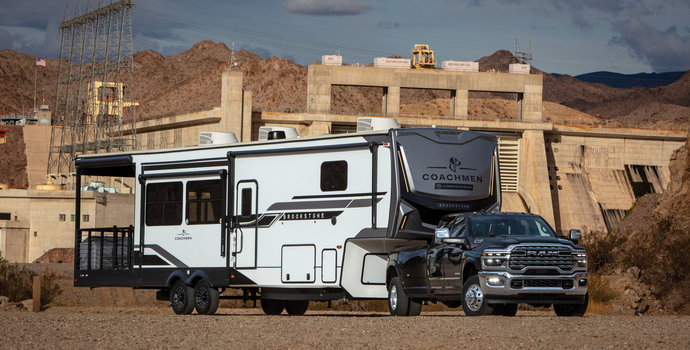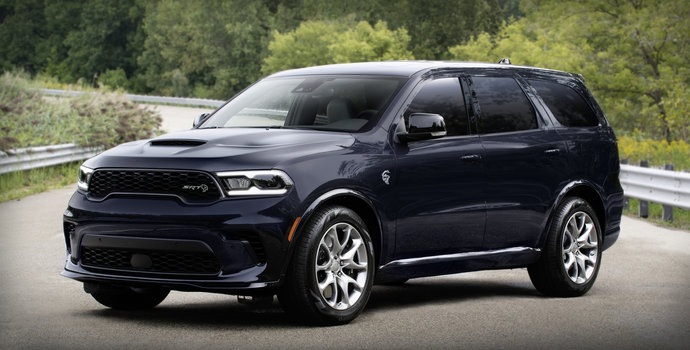There’s nothing like a summer road trip to soak in the open road, discover new places, and reconnect with the simple joy of travel. Whether you’re headed to a lakeside cottage, exploring national parks, or crossing provincial lines for a family reunion, the journey is half the experience—and your vehicle is your most important travel companion.
But before you pack the trunk and cue up your playlist, taking the time to inspect your vehicle can save you from unexpected delays, costly repairs, or safety issues far from home. This comprehensive car maintenance checklist will ensure your car is ready for the road ahead this summer.
1. Check and Top Up Your Fluids
After enduring months of freezing temperatures, road salt, and stop-and-go winter driving, your vehicle’s internal systems deserve a refresh before summer travel. While topping off your gas tank is obvious, these other essential fluids play a major role in your vehicle's health and should be checked or replaced:
- Engine Oil: Check your oil level and condition. If it’s been over 8,000–10,000 km (or 6 months), schedule an oil change—even if the dashboard light hasn’t come on yet.
- Coolant (Radiator Fluid): Prevents your engine from overheating, especially during long highway drives in July heat.
- Brake Fluid: Vital for reliable braking. Old brake fluid can absorb moisture over time, reducing braking effectiveness.
- Transmission Fluid: Ensures smooth shifting—especially important in hilly terrain or traffic-heavy routes.
- Power Steering Fluid: Keeps your steering smooth and responsive.
- Windshield Washer Fluid: Crucial for visibility, especially after bugs, dust, or passing trucks kick up road debris.
- Wiper Blades: While not a fluid, replacing old or streaking blades is a quick way to prepare for sudden summer downpours.
Pro tip: Have a certified mechanic check for any signs of leaks. Spotting a minor drip before you leave could prevent a major breakdown later.
2. Inspect Brake Pads and Braking Performance
Brakes are your most important safety system, especially when you’re navigating unfamiliar terrain, stop-and-go traffic, or downhill stretches. Squeaking, grinding, or spongy brake pedals are clear signs something’s wrong. Even if you don’t notice anything obvious, a visual inspection of your brake pads is a must.
Most brake pads should be replaced every 50,000 km, but this can vary depending on driving style and road conditions. If you're towing a trailer or carrying extra cargo, your brakes will also be under more strain—another reason to check in advance.
3. Test the Battery’s Health

Summer heat can be just as hard on car batteries as winter cold. If your battery is more than three years old or you’ve noticed sluggish starts, get it tested before your trip. Corrosion around the terminals or loose connections can cause intermittent issues—even if the battery itself is still holding a charge.
Look for:
- Clean, tight battery terminals
- No visible swelling or leaks
- A test reading of at least 12.6 volts (fully charged)
Some automotive stores or service centres offer free battery testing, so there’s no excuse to skip this quick check.
4. Tires: Pressure, Tread, and Condition
Your tires affect everything from fuel economy to road grip and emergency stopping distance. Before a long trip, give each tire a detailed once-over:
- Check tire pressure when the tires are cold, using the recommended PSI found in your vehicle’s door jamb or manual.
- Inspect the tread depth. Anything less than 3.5 mm (or 4/32") is considered worn and may be unsafe—especially in wet weather.
- Look for uneven wear, cracks, or bulges that could signal alignment or suspension issues.
- Don’t forget the spare tire! Make sure it’s inflated and that your jack and tools are all present and functional.
If your trip involves gravel roads, rural areas, or camping, consider all-terrain tires or at least verify that your current tires can handle rougher conditions.
5. Lights, Signals, and Electrical System

From sunrise departures to late-night highway stretches, your visibility—and the ability for others to see you—relies on a functioning lighting system. That means checking:
- Headlights (both low and high beam)
- Brake lights
- Turn signals and hazard lights
- Reverse lights
- Fog lights (if equipped)
- Interior dome and dashboard lights
If any of these are dim, flickering, or out completely, replace the bulbs or consult a mechanic. LED bulbs often last longer but can still fail, especially if there’s an electrical short or blown fuse.
Remember: In most provinces, including Ontario, driving with a burned-out headlight is a ticketable offence.
6. Belts, Hoses, and Air Filters

While fluids and tires tend to get the most attention, don’t forget about the engine components that keep everything running smoothly. Have a technician inspect:
- Serpentine belts for cracks, fraying, or glazing
- Radiator and heater hoses for bulges or leaks
- Engine air filter for dirt buildup, especially if it hasn’t been changed in the last year
Replacing a worn belt or dirty filter now is far easier than dealing with a roadside breakdown halfway through your journey.
7. Air Conditioning and Cabin Comfort
A functioning A/C system isn’t just about comfort—it helps prevent fatigue and keeps passengers cool and alert on long trips. If your air conditioning is blowing warm or has weak airflow, it may need a refrigerant top-up, a cabin filter change, or even an evaporator cleaning.
While you’re at it, clean your vents and consider a quick interior refresh. After all, you’ll be spending hours inside the vehicle.
8. Emergency Gear and Essentials

Preparation means planning for the unexpected. Every road trip vehicle should be stocked with:
- Jumper cables or a jump pack
- Portable air compressor or tire inflator
- First-aid kit
- Flashlight and spare batteries
- Phone charger and backup battery
- Basic tool kit and duct tape
- Drinking water and snacks
- Emergency contact list and roadside assistance info
If you’re heading to remote or less-traveled areas, consider a satellite communicator or a roadside emergency subscription service.
Final Road Trip Readiness Tips
- Update your vehicle registration and insurance documents. Keep copies in the glove box.
- Download offline maps for rural or low-signal areas.
- Check your towing setup, if applicable, and verify load limits.
- Schedule a pre-trip inspection with a certified mechanic at least one week in advance.
A successful road trip isn’t just about where you’re going—it’s about making sure you get there and back without a hitch. By taking the time to prepare your vehicle properly, you can focus on the open road, the breathtaking views, and the memories ahead. Safe travels!











